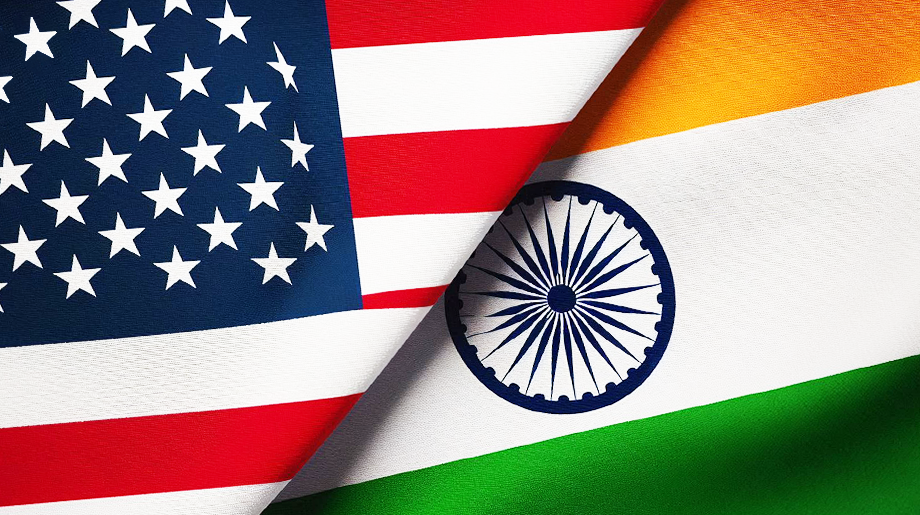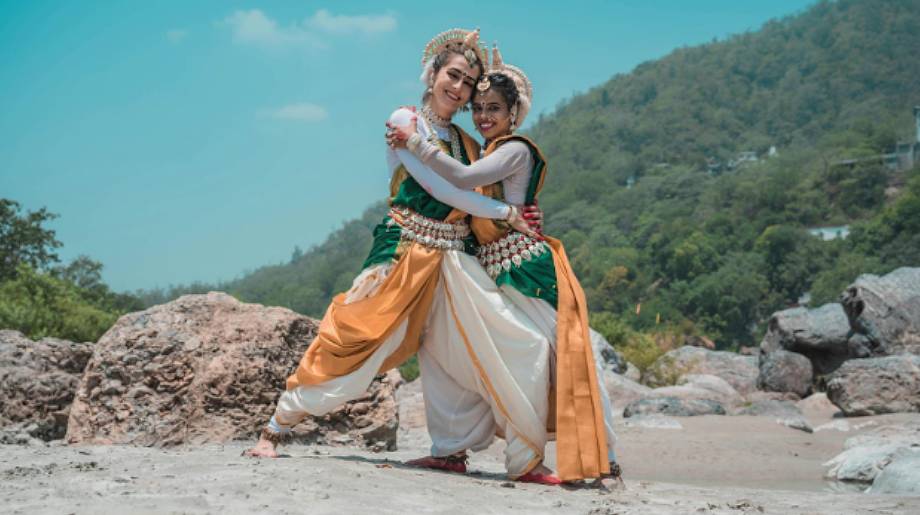"It is true that even across the Himalayan barrier India has sent to us such gifts as grammar and logic, philosophy and fables, hypnotism and chess, and above all, our numerals and our decimal system… Perhaps, in return for conquest, arrogance and spoliation, India will teach us the tolerance and gentleness of the mature mind, the quiet content of the unacquisitive soul, the calm of the understanding spirit and a unifying, pacifying love for all living things"
- Will Durant, “Story of Civilization: Our Oriental Heritage”
As Will Durant aptly noted, the essence of India lies not in these external gifts but in the deeper lessons it offers—the tolerance, calmness, and spiritual maturity that transcend material achievements. As nations like the United States engage more deeply with India, they have the opportunity to learn from its ancient wisdom and enduring culture.
While governments and leaders often drive diplomacy based on national interests, it is ultimately the people who bring nations together. Through cultural exchanges—whether in the form of art, cuisine, ideas, or traditions—bonds are forged that go beyond policy, creating deeper, lasting connections. This has certainly been the case with India and the United States, two of the world’s largest democracies.
It is worth noting that the discovery of the Americas by Christopher Columbus was fueled by a desire to reach India. Although Columbus never set foot in North America or India, the event symbolized the interconnectedness of nations. The search for India has, in many ways, led to the discovery of mutual knowledge-sharing between these two distant lands. As Durant mentioned, India offers not only philosophical and spiritual knowledge but also practical insights that have shaped civilizations for millennia.
In the years following Indian independence, the relationship between India and the US was marked by an initial distance, partly due to India's post-independence alignment with socialism and the USSR. However, despite this, American culture—movies, literature, food, and especially educational opportunities—continued to attract the Indian imagination. And on the other hand, even before India’s independence, American intellectuals like Henry David Thoreau and Ralph Waldo Emerson had embraced Indian philosophy, making early cultural exchanges significant.
The people-to-people ties between India and the US have grown steadily over time. As early as the 1880s, individuals like Anandi Gopal Joshi, who became the first Indian female doctor, and Swami Vivekananda, whose influence in the 1890s left an indelible mark on American spiritual thought, paved the way for future Indian-Americans. During the early 1900s, Sikh immigrants played a role in America’s history while contributing to India's independence struggle, forming the Pacific Coast Hindustan Association (later known as the Ghadar Party).
In more recent decades, Indian-Americans have flourished in the United States, contributing significantly across various sectors. Although they make up just 1.5% of the US population, they contribute 5-6% of the total income tax and hold leadership roles in business, technology, healthcare, hospitality, and politics. Indian culture has become a part of mainstream American life, from Bollywood films to Indian cuisine, further deepening the bonds between the two nations.
One of the most remarkable aspects of the Indian community in the US is how they have remained connected to their roots while actively contributing to their new homeland. Indian organizations have made significant efforts to foster cultural awareness in areas such as Yoga, Hindu philosophy, and Indian history. Acts of service, from celebrating Raksha Bandhan by honoring first responders to the Sewa Diwali project, exemplify the selfless spirit that strengthens Indo-US ties. By and large they chose a path of positive actions from work to societal contributions and avoided the easy path of victimhood.
In the political realm, the relationship between India and the US took a significant step forward post-1991 with the collapse of the USSR, leading India to shift its alignment towards the United States. Prime Minister Atal Bihari Vajpayee acknowledged this relationship as one between "natural allies." Prime Minister Manmohan Singh strengthened this bond through the Indo-US Civil Nuclear Agreement, furthering mutual trust.
Under Prime Minister Narendra Modi, Indo-US relations have reached new heights. His outreach to the Indian diaspora and diplomatic efforts have transformed the relationship into a strategic alliance, underpinned by shared values and interests. His public engagements with the Indian community in the US have energized Indian immigrants, fostering a sense of empowerment and belonging.
Indian cultural and religious organizations have also played a vital role in this relationship by spreading awareness of India’s rich history and traditions. Their community-driven initiatives—whether it’s through honoring teachers or providing food for the needy—have elevated people-to-people diplomacy, creating a robust foundation for long-lasting ties.
As we look to the future, it is hopeful that continued interactions, such as Prime Minister Modi’s latest engagement with the Indian diaspora in New York, will further strengthen the Indo-US relationship, yielding beneficial outcomes for both nations.


